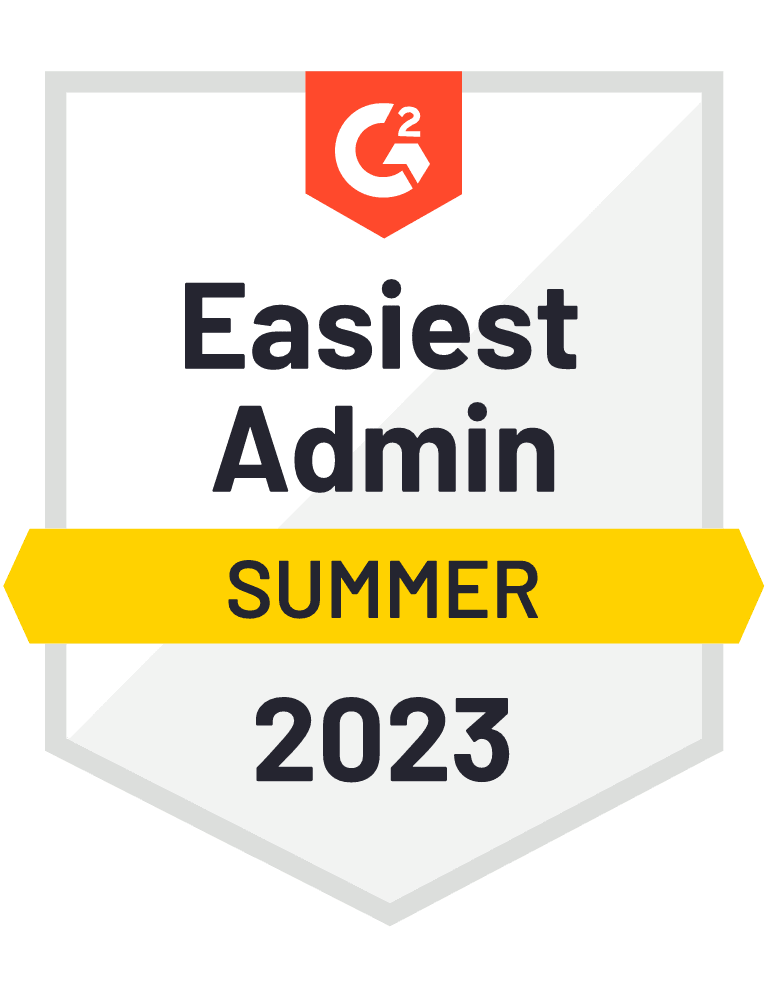5 smart call center software features you should leverage

Powerful call center software features are exactly what distinguishes virtual call centers from traditional business phone systems and landlines. But, with so many features to leverage, it’s easy to get lost in all the available options. Here’s what call center software features you should look for in particular.
Here’s the thing: modern call center software is not only meant for making and receiving calls. Nowadays, call center system features go beyond just dialling numbers or “picking up” the phone – they offer advanced analytics and a variety of features to take advantage of.
At the same time, however, every call center software has its own set of features to offer. With such a variety, it’s likely to get confused and miss the whole point of using them. To make it easier for you, we chose the top call center software features you might want to look for when choosing a system provider or making improvements to an existing call center.
Let’s dive right in.
#1 Interactive Voice Response (IVR)
As we explained in our ultimate guide to Interactive Voice Response, IVR is a technology that helps to interact with callers first, before (or sometimes instead) redirecting them to the right person that can assist them best.
There are many reasons why IVR is worth implementing. First of all, it lets you gather the basic information about the caller and the purpose of the call, and route it to the most suitable agent at the time based on this information.
Consider these 12 features when choosing your call center software
It’s not the only possibility, though: with IVR, all callers can navigate through various options by pressing buttons on their phone or even giving voice commands. In fact, IVR call center features can help your callers to resolve their issues without even talking to your support team.
At the end of the day, the IVR menu can be as simple or as complicated as you need it to be. This doesn’t change the price of the IVR software or the outcome – more satisfied customers and more productive call center agents.
#2 Automatic Call Distribution (ACD)
Essentially, automatic call routing saves the time and effort of your call center agents. ACD is often what happens behind the scenes after the caller chooses a preferred option from the IVR menu and before they are “paired” with the right agent.
The actual routing might depend on different factors – the caller’s ID, agents’ availability, or their skills and knowledge. We described different call distribution methods in our piece on Automatic Call Distribution (ACD).
No matter the exact settings you configure, ACD can actually improve both caller & agent satisfaction. One of the biggest frustrations callers experience is waiting to be connected with an agent, only to discover that they don’t have enough knowledge or ability to help out.
With ACD implemented properly, you can not only shorten the waiting time but also make sure that the most suitable agent takes the call, each and every time.
#3 Predictive/power dialer
Technically, dialling a phone number doesn’t take much time. When you take into account, however, that call center agents (especially those who work in sales) have to manually dial hundreds or numbers each week, having a little help can truly make a difference in terms of their time and effort. Here’s when dialers come in useful. In general, they automate the process of dialling phone numbers to some extent.
CloudTalk’s smart dialer, for example, automatically scans the content of a specific website and looks for phone numbers which can be added to the calling queue with a single click. The predictive dialer on the other hand, automatically dials phone numbers included in the prepared contact list and directs them to agents who are currently available.
You can specify the time needed for each agent after the call ends (for “administration tasks” afterwards) – when this time passes. This way, your agents can make more calls in a shorter time.

#4 Tool integration
In short, tool integration is the ability of different applications to communicate and exchange data with one another. This might not seem like much, but system integration can bring multiple benefits to your call center.
To start with, tool integration makes it possible to synchronize customer data, details, automate certain tasks, and unify business processes. Rumour has it that employees spend even 19% of their time on finding information & resources across different tools in order to do their tasks properly.
It’s a lot of time that can easily be regained with tool integration – especially since modern call center tools offer integrations with many different apps that you can take advantage of with just a few clicks.
#5 Call center analytics
When it comes to call center software features, analytics is like the cherry on top. It lets you collect data on the performance of your call center, access relevant details, and draw conclusions from them to improve business operations. From missed calls to resolution time, the exact metrics you can track will depend on your call center software and its features.
CloudTalk, for instance, is a truly data-based call center analytics software. It lets you access complex statistics on calls, agents, and call queues – all in one place.
You can then leverage this data to identify optimal times to reach out to clients, busy periods of high call volume, or the average speed to answer time, just to name a few. This allows you to optimize the performance of your call center in the long run.

Call center features – list
The above-mentioned call center features are one of the most prominent capabilities of any call center software. There’s more to add to the call center features list, though. Depending on your needs, you might also want to consider the following:
- Call queuing – sorting inbound calls in call queues based on pre-defined rules and steering them to available agents,
- Call recording – automatically recording all calls for monitoring & training purposes,
- Voicemail – giving the ability to the callers to leave a voicemail,
- Personalized greetings & music – creating personalized greetings played to the caller based on specific situations (outside business hours, on-hold, etc.),
- SMS/Text messages – sending customers personal messages or general notifications,
- Callback – automatically calling customers back whenever there’s a missed call,
- Call statistics – generating reports that are relevant to your call center.
You can find all these call center software features (and plenty more, for that matter) in CloudTalk.
Smart call center features revealed
As can be seen, there are many call center system features worth giving a try. No matter the exact set of features you choose to leverage, one thing is certain: with robust software equipped with smart call center capabilities, achieving your goals and KPIs gets easier than ever.
Make sure that the solution you choose has everything you need in order to make that happen, though.
In case you’re looking for one: CloudTalk offers all of the above-mentioned call center software features to help you streamline your operations, and take the chaos out of your phone support efforts for good. See it for yourself.





















